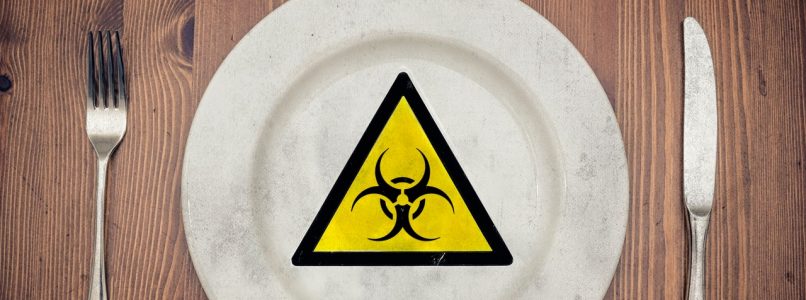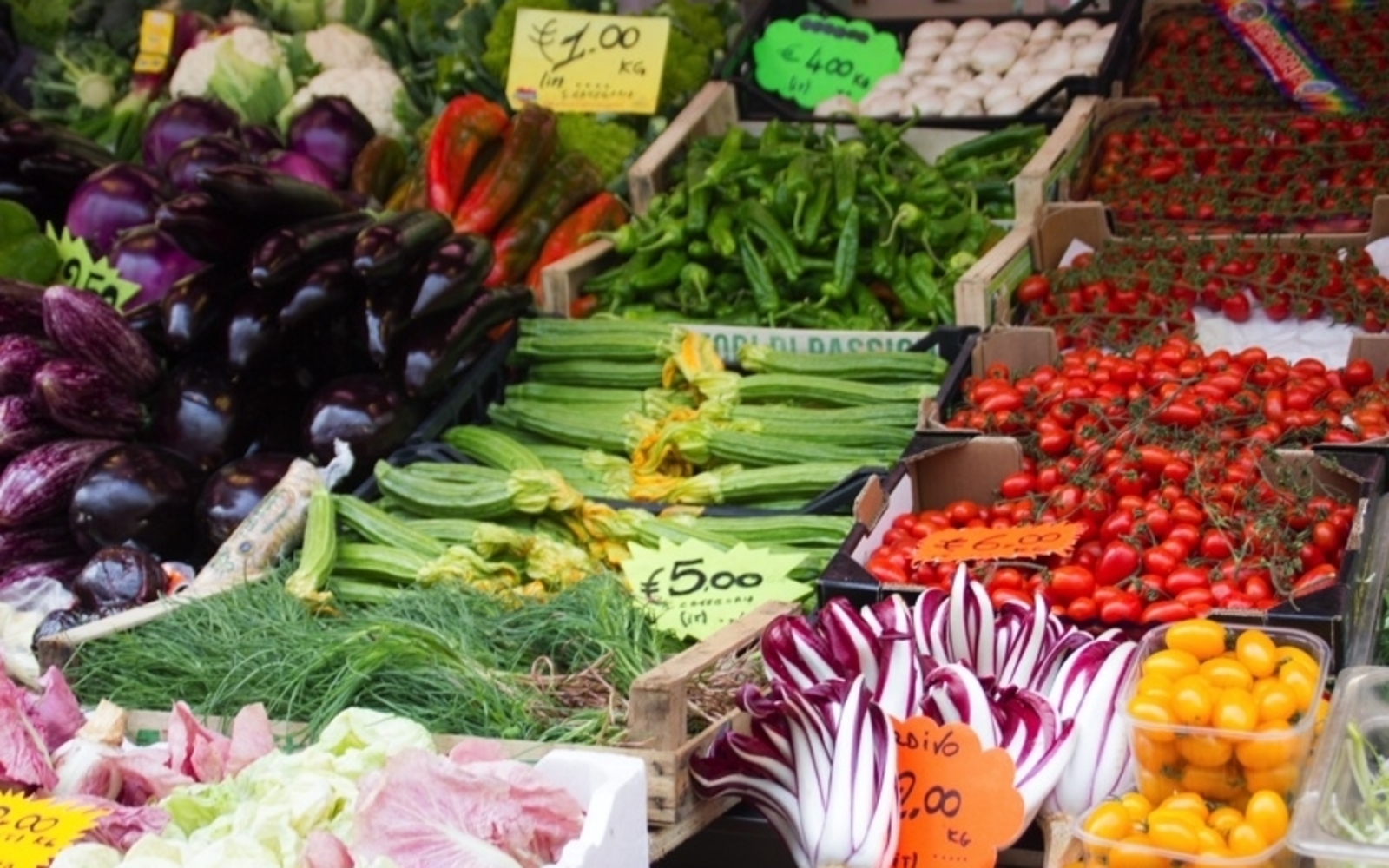Salmonella, aflatoxins, pesticides and more. There’s everything in there list of the 10 most dangerous foods just published by Coldiretti: a black list updated every year based on the processing of European Early Warning System, the network from which the “alarms” originate, i.e. the information relating to the serious health risks of foods imported into the Community territory. Foods that mostly come tracked down and removed from tradebut which could also end up in our cart given that the controls are not comprehensive.
Coldiretti’s list of the 10 most dangerous foods
This year Coldiretti presented the list of dangerous foods on the occasion of the opening of International Agriculture and Food Forum and once again it contains foods that mostly come from abroad: 8 out of the 10 most dangerous foods that ended up on the black list are foreign. The numbers are these: out of the total of 317 alarms detected in 2022, 106 arose from imports from other European Union states (33%) and 167 from non-EU countries (53%). Only 44 (14%) alarms concerned products of national origin. A complex picture, which between the lines tells another fact: the risks do not only come from foods produced in developing countries, but also from other EU countries and beyond.
What foods are bad for your health?
Going into detail, the greatest dangers concern i dried figs from Türkiye for aflatoxins, followed by Spanish fish for its high mercury content, while in third place is cPolish chicken meat contaminated with salmonella and quarter Spanish mussels and clams always with salmonella together with the Escherichia coli bacterium. And again, Indian herbs and spices, French oysters appear on the list. Here it is complete:
The list of foods dangerous to health – 2023
- Dried figs – Türkiye – Aflatoxins
- Swordfish – Spain – Mercury
- Chicken meat – Poland – Salmonella
- Mussels and clams – Spain – E.Coli and Salmonella
- Pistachios – Turkey – Aflatoxins
- Oysters – France – Norovirus
- Pistachios – Usa – Aflatoxins
- Herbs and spices – India – pesticides
- Pistachios – Iran – Aflatoxins
- Litchi – China – Pesticides
Source: Coldiretti calculations based on Rassf 2022 Report data
How to protect yourself from dangerous foods
The solution remains awareness: look carefully at what we buy, what guarantees those who produce give us, and where they produce. Crucial information: Italy is among the countries with the strictest policies regarding food safety, and this is also why our products are a guarantee. According to data from the latest report published by EFSA in 2023 relating to national data on pesticide residues, foreign foods and drinks are over ten times more dangerous than those Made in Italy, with the number of agri-food products with irregular chemical residues exceeding the legal limits which in Italy was equal to 6.4% in imported products, compared to the average of 0.6% of samples of national origin.
The fact is that we can’t always know where what we buy comes from: For now, information regarding origin can only be found on a specific list of foods. From 2025 things will improve, because this list will become longer and will also include foods such as dried fruit, uncultivated mushrooms and saffron for which until then the obligation will not apply, but – as Coldiretti points out – many other foods remain outside which they are a permanent presence in our pantries, ranging from fruit juices to canned legumes, up to biscuits. “AND It is necessary that all products entering national and European borders respect the same criteria, ensuring that behind the foods, both Italian and foreign, on sale on the shelves there is a similar quality path that concerns the environment, work and health” says the president of Coldiretti Ettore Prandini, who for some time, among others, has been waging a battle on label transparency that allows those who produce in compliance with the rules to stand out, and us to choose.
Other articles from La Cucina Italiana that might interest you:
-Botox in food: the poison control center handbook

